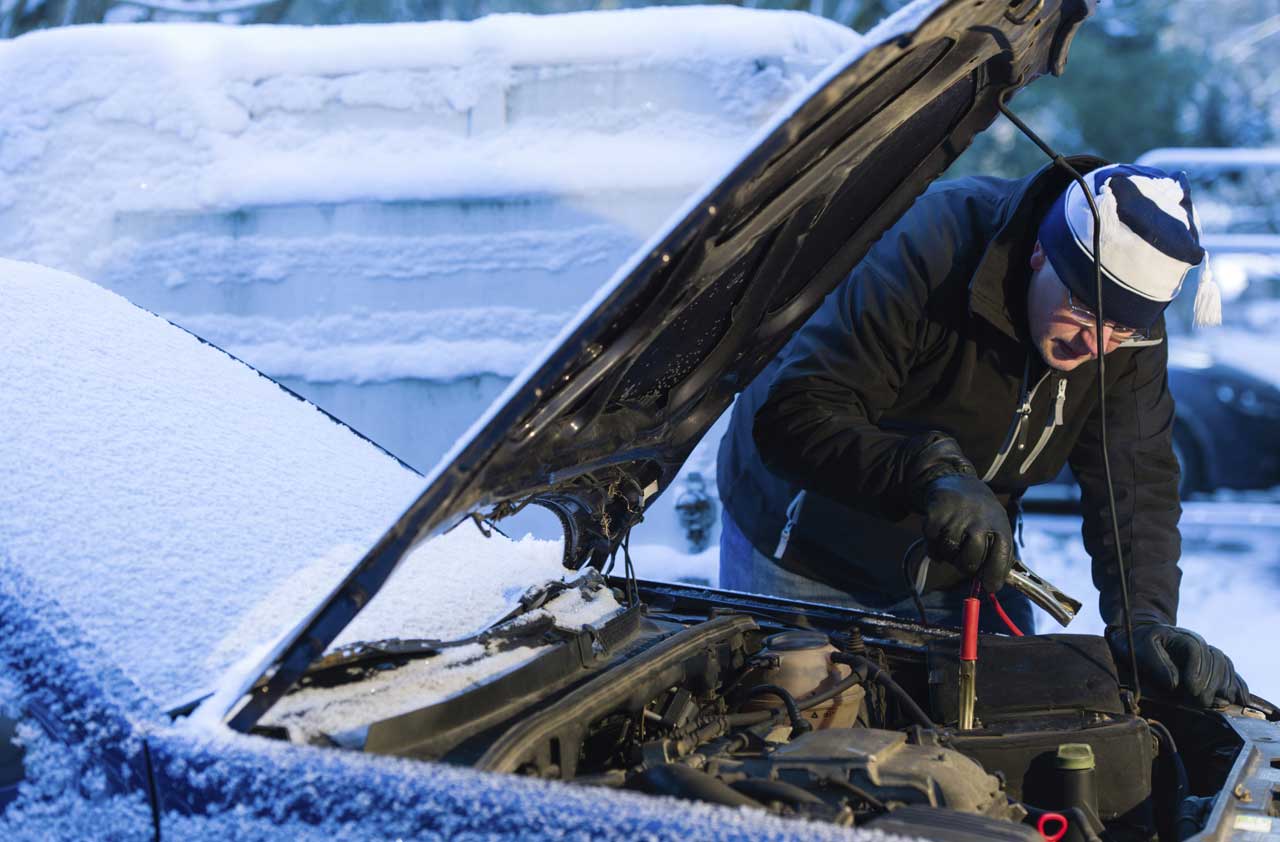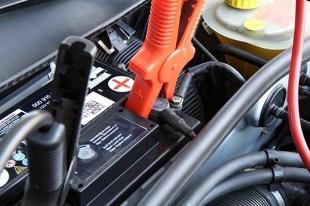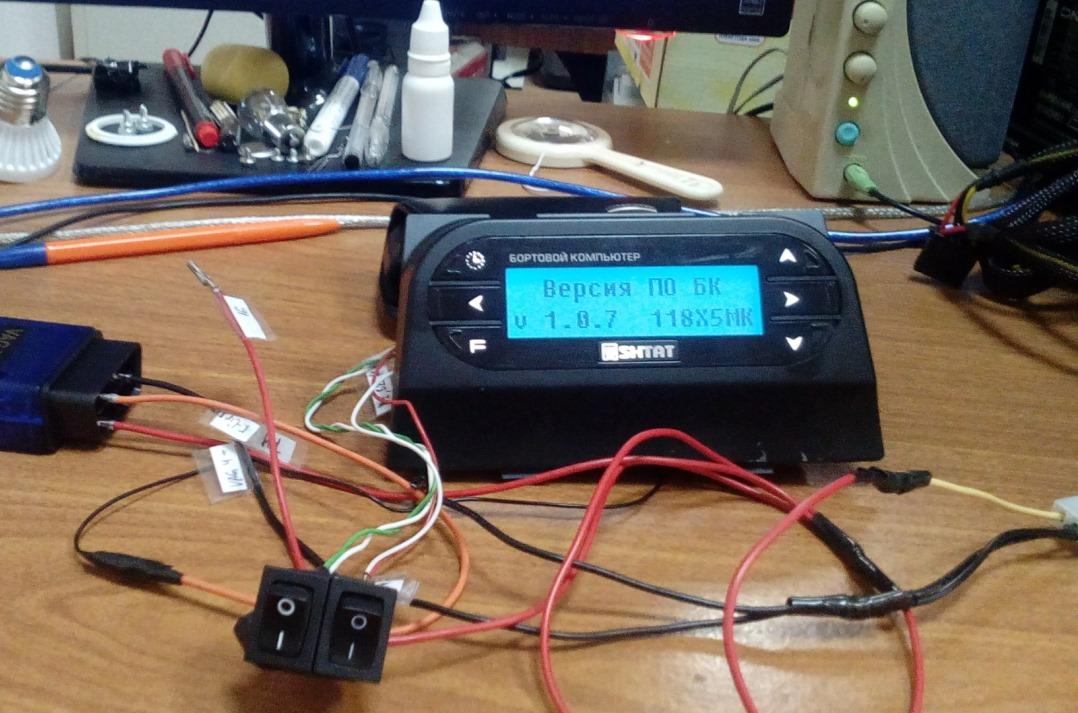
Take care of the battery in winter
 The falling mercury column on thermometers worries many drivers. In practice, this can mean problems with the car's battery and starting the engine in the morning. When it's winter outside, it's worth taking care of the condition of the battery in our car.
The falling mercury column on thermometers worries many drivers. In practice, this can mean problems with the car's battery and starting the engine in the morning. When it's winter outside, it's worth taking care of the condition of the battery in our car.
Most drivers are probably aware of this and some aren't, but as the temperature drops it goes down.  the electrical capacity of the battery increases. This is the effect of lowering the temperature of the electrolyte in a battery so that it can deliver less electricity than it would at a higher temperature.
the electrical capacity of the battery increases. This is the effect of lowering the temperature of the electrolyte in a battery so that it can deliver less electricity than it would at a higher temperature.
Why does the battery “break through the bone” in winter?
In the case of a new car battery, a full 25-hour battery capacity occurs at plus 0 degrees C, but if the ambient temperature drops to 80 degrees C, its efficiency will be only 10 percent. output power. When the mercury column drops to minus 70 degrees Celsius, the battery efficiency will be just over XNUMX percent. However, we talk about a new battery all the time. If the battery is slightly discharged, its capacity is even lower.
– The battery works in autumn and winter in much more difficult conditions than in other seasons of the year. At this time, we are less likely to go on longer routes, as a result of which the battery is recharged from the generator in a limited way, says Rafal Kadzban from Jenox Accuatory Sp. z oo “Most often, the battery is discharged mainly when the car is used for short distances with a large number of electrical receivers turned on, such as radio, headlights, fans, heated windows, mirrors and seats,” he adds.
It is also worth remembering that a decrease in ambient temperature causes the oil to thicken in the crankcase and gearbox. As a result, the resistance that the starter must overcome when starting the car increases. Thus, as the resistance is greater, the current drawn from the battery during startup also increases. As a result, an undercharged battery in winter “penetrates to the bone” even more.
First. Charge the battery
Every car user must remember that even the so-called. a maintenance-free battery requires some care. They also, contrary to their name, have inlets, often covered with foil with the manufacturer's logo. Each battery must be checked at least once a quarter. Especially before the onset of winter cold weather, the car battery should be carefully inspected and charged. The electrolyte level of a healthy car battery should be between 10 and 15 mm above the edges of the plates, and its density should be within 1,28 g / cm3 after conversion to a temperature of 25 degrees C. This value is important because it determines the level of safety of battery operation – If, for example, we notice a decrease in the density of the electrolyte to 1,05 g/cm3, our battery may freeze already at minus 5 degrees C. As a result, there is a risk of destruction of the mass of active plates and the battery case will explode and will not be suitable for further use, – says Rafal Kadzban. Proper charging of the battery with a charger should take at least 10 hours. However, it should be remembered that the value of the charging current should not exceed a tenth of the battery capacity, measured in ampere-hours.
Battery "in clothes"
Some vehicle users use clever battery "clothes" to keep the electrolyte temperature close to optimal (mentioned above 25 degrees C) for as long as possible. However, for safety reasons, they must remember that the "clothes" sewn for the battery must not block the exit from the battery vent. Those who decide to make such a decision should be aware that if the vehicle is in the cold for a long time, the chances of maintaining a higher temperature in the car battery are negligible. It is much more important for the full performance of the battery to monitor the state of charge and its correct use. If the battery does not have unnecessary overloads, starting a car without thermal insulation should not be a problem. However, in extreme cold, it may be effective to remove the battery overnight and store it at room temperature.
Users who care about their car do not face unpleasant surprises in the form of unforeseen breakdowns. If we give the same care and control to our battery, it shouldn't have any problems in winter.

